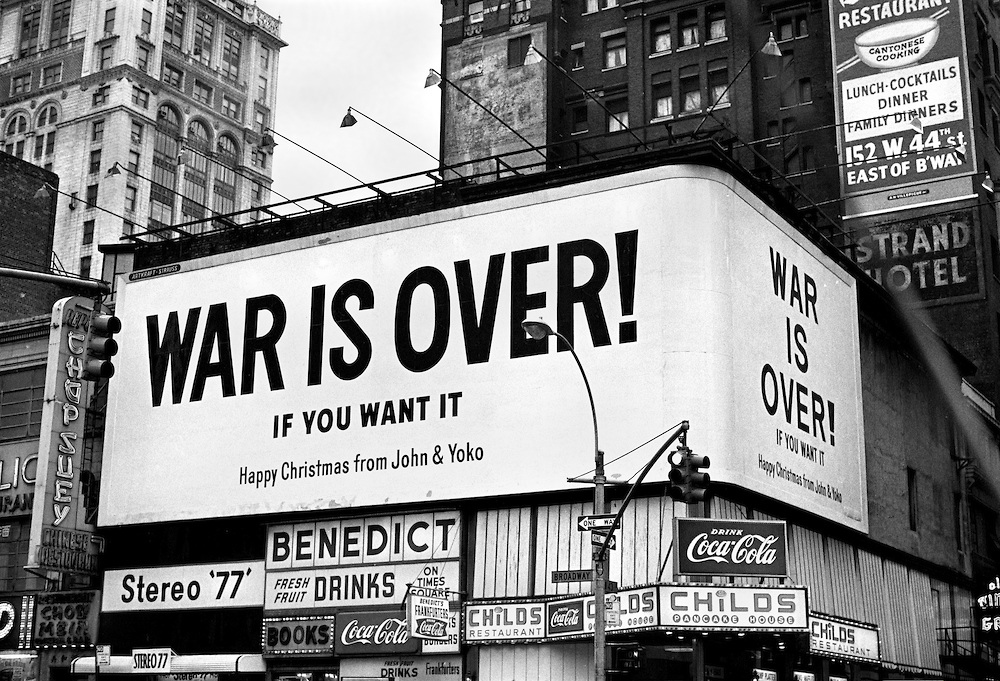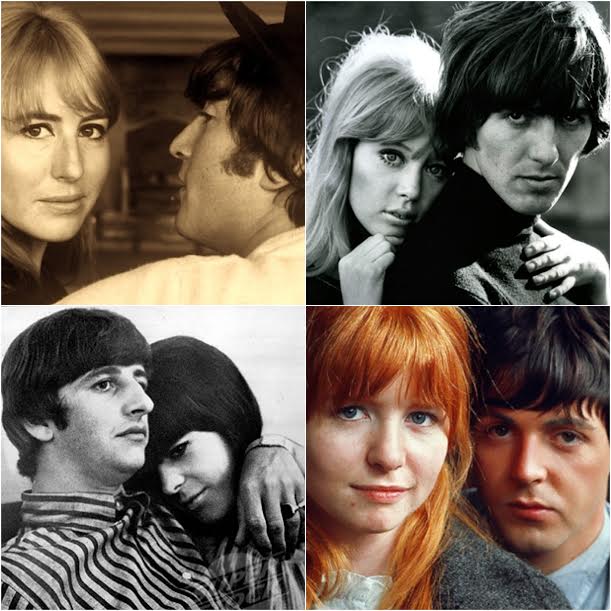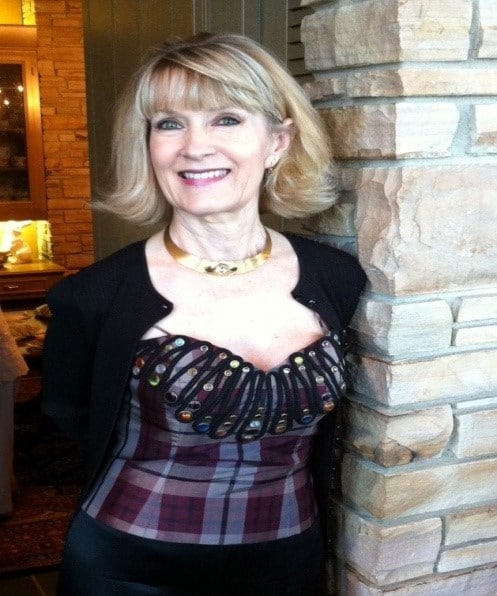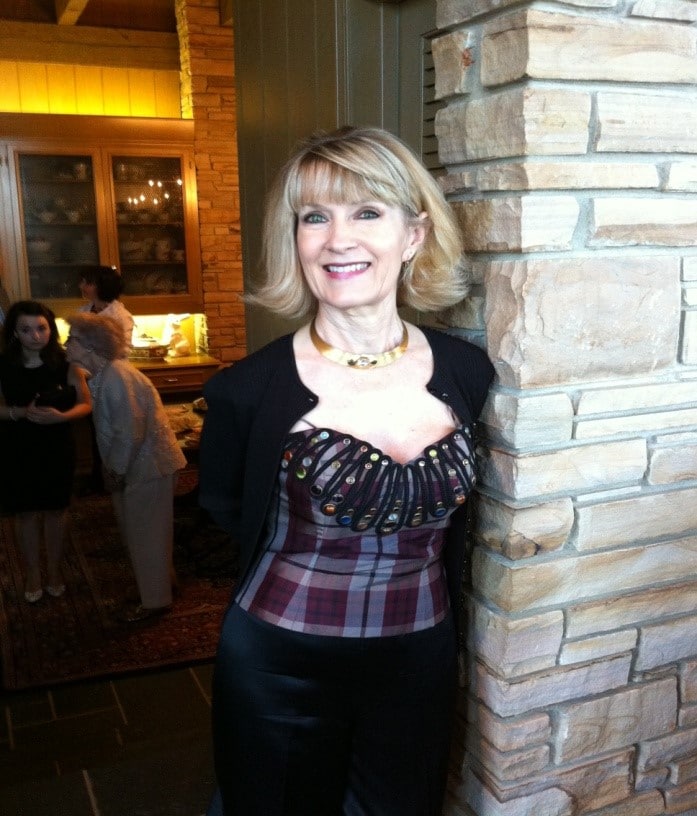The text read: “There is music in heaven tonight.” And that was how I found out about the passing of Sir George Martin.
All day in Louisiana, it has rained and rained, and while I think that heaven’s outpouring of tears is so fitting, I do believe in what my friend, Lanea Stagg, texted. There is quite a jam session going on just beyond our reach, just beyond our realm. There is a party for George Martin tonight!
George Martin loved music. Classically trained at the Guildhall School of Music in piano and oboe, he also adored complex jazz, folk music, and yes – after a season – rock’n’roll. And Martin’s various and elegant musical tastes came home to roost in the diverse catalog of The Beatles, as he introduced them to harpsichords, horns, and violins. Martin, a confident musician, urged them to take chances. He echoed their need to grow and evolve. And despite many obstacles, he found a way to make their complex recording dreams into concrete realities.
But most of all, George Martin listened and understood. When four unknown boys from the rugged North refused a Tin Pan Alley song – a sure hit like “How Do You Do It” – and insisted that recording it would “ruin them in Liverpool,” he listened. When they insisted that they were composers and that they could write a song that was “just as good,” he believed them.
When they said that they could rework their limping tunes and make them into winners, he stood beside them, giving them the chance to try. And when no other recording label would represent Brian Epstein’s skinny, ragtag Beatles, George Martin gave them that chance. He was the open door through which they walked and the welcome hearth at which they warmed themselves and felt at home.
George Martin was never “a friend of the lads.” They respected him too much to let him see the whole story. At first, they hid their drugs from him. They kept their language clean. They spoke to him with deference, even when they didn’t like his tie. As the years passed, they relaxed quite a bit. But The Beatles always looked up to George Martin as an uncle (in fact, he reminded John of his beloved Uncle Ge’rge), as a father, as a favorite professor in school. And he loved them in a way that he never did any other act or group or collection of recording artists.
Between them, there was a bond. It was a bond beyond music…a bond that allowed The Beatles to test limits and try new things, to step over the borders of the known and venture into the murky unknown. It was the bond one feels inside one’s chosen family: the family that is peopled by one’s truest friends.
And so The Beatles’ greatest moments were Sir George Martin’s moments. Their happy days were his. Their successes were his successes. And he never missed a chance to let them know. He flew to Paris and celebrated the announcement of their first American No. 1 hit. He flew to America to watch them perform at the Washington D.C. concert in February 1964. He sat in uncounted audiences, stood in the myriad stage wings with Brian, stayed up to ungodly hours in the studio, and endured tardiness, irritability, and frustration, when times were hard.
But most of it was pure joy. Most of the ride was one continuous smile. While some managers and producers built empires on the word, “NO,” Sir George Martin lived in the word, “YES.”
He always found a way to make things happen. He always found a way to create the quirky and unusual sound the boys (especially John) craved when no one else could. He found a way to bring their magic to life and to bridge the gap between the possible and impossible. He could do that.
George Martin was a “Yes Man.” No, not a sycophant or a toady, but a “Yes Man” in that he was ever and always ready to try anything and everything. With George at the helm, anything was possible. As Paul has gracefully told us, “Once there was a way…”
I wonder who’s performing tonight? Certainly John and George, center stage, smiles wide…and David Bowie, I’m quite sure. Perhaps, in a sidelight, a phenomenal lick from Jimi Hendrix. Some passionate soul from Otis Redding and Bobby Hatfield (who can finally be heard above the screams). And the clear sound of Glenn Frey blending with the velvet voice of Maurice White.
And there, in the midst of them all, stands Sir George in his crisp, white shirt – arms folded and head down, listening, mulling, finding a path. “Let’s try it once again,” he’s suggesting. “And this time, let’s sing the intro instead of playing it on the guitars. Let’s speed it up a bit and…well, let’s see what happens. Shall we?” And so it begins.
There is music in heaven tonight, as there always is. But tonight, it has a new producer. My guess? It’s destined for the Toppermost of the Poppermost. Odds are, He will love it.
Jude Southerland Kessler is the author of the John Lennon Series: www.johnlennonseries.com
Jude is represented by 910 Public Relations — @910PubRel on Twitter and 910 Public Relations on Facebook.















